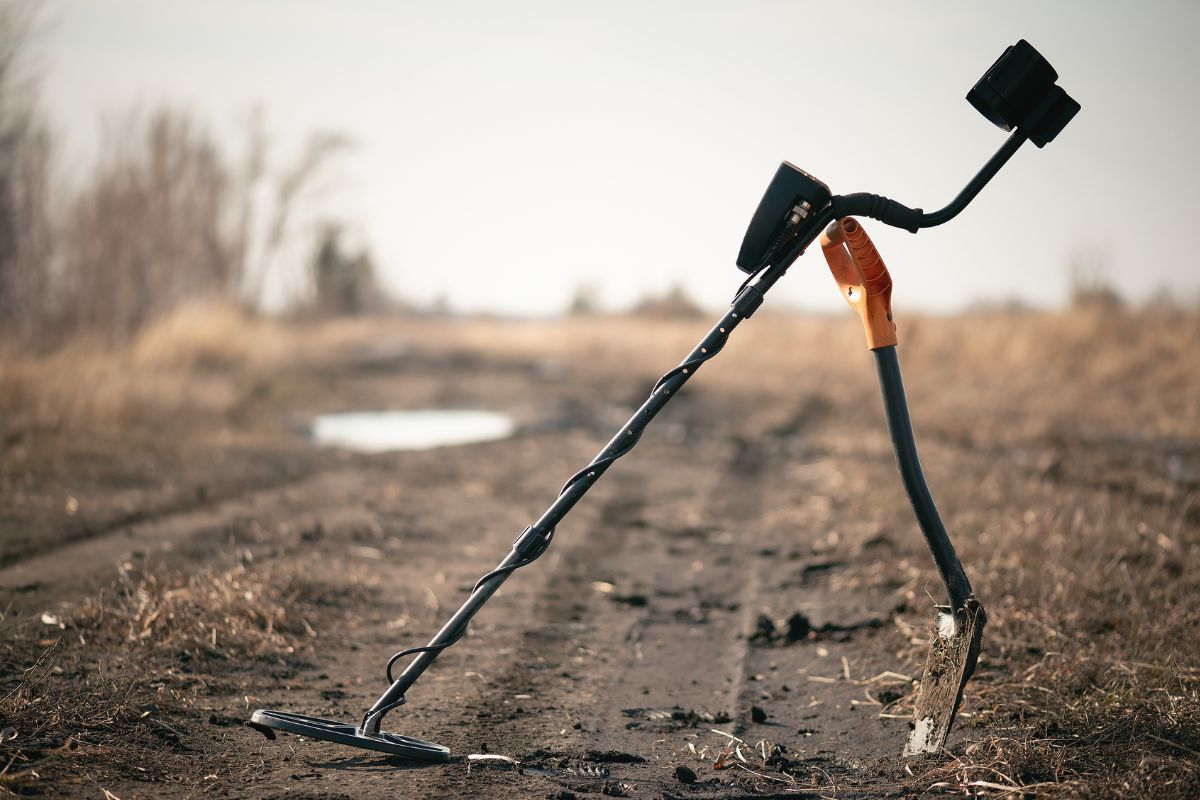Impact of Soil Composition on Metal Detector Accuracy
Soil composition plays a major role in the effectiveness of metal detectors. Metal detectors rely on the conductivity of the ground to detect metal objects. The conductivity of the soil is affected by the amount of moisture and the types of minerals present in the soil. Different types of soil have different levels of conductivity, with sand having the highest levels and clay having the lowest. The presence of minerals in the soil can also affect the conductivity of the ground; for example, iron ore has a high conductivity and can cause false readings. The amount of moisture present in the soil can also affect the accuracy of metal detector readings, as wet soil has a higher conductivity and can cause false readings. Additionally, the pH level of the soil can also affect the accuracy of metal detector readings; acidic soil is more conductive and can cause false readings.
Common Mistakes When Using Metal Detectors to Find Arrowheads
One of the most common mistakes made by people using metal detectors to find arrowheads is not researching the area prior to the hunt. It is important to know the history of the area, as well as the type of terrain, soil composition, and what types of objects are likely to be found in the area. Knowing this information can help narrow down the search and make it easier to find arrowheads.
Another mistake is not understanding the capabilities of the metal detector. Different detectors have different settings and sensitivity levels, and it is important to understand how to properly adjust the settings in order to get the most accurate readings. In addition, some detectors are better suited for certain types of terrain and certain types of objects than others, so it is important to understand which detector is best suited for the area and type of object you are trying to find.
Another mistake is not using enough patience when searching for arrowheads. Metal detectors are not magic, and it can take many years of searching before a person finds an arrowhead. It is important to be patient and understand that finding an arrowhead may take a long time.
Finally, it is important to be aware of local laws and regulations. Depending on where you are, it may be illegal to use a metal detector in certain areas. It is important to research the local laws and regulations before using a metal detector in that area.
Tips for Finding Arrowheads with a Metal Detector When it comes to finding arrowheads with a metal detector, there are several tips that can help you increase your chances of success. First, it is important to research the local geology and history of the area you plan to search. Knowing what types of rocks are present in the area and what type of artifacts you are likely to find can help you narrow down your search and identify potential areas where arrowheads may be located.
It is also important to choose the right metal detector for the job. Arrowheads are usually made of materials like stone, bone, or metals like copper, bronze, and iron. Look for a metal detector with settings that are designed to detect items that have a low conductivity, such as these materials.
It is also important to choose a search area that is likely to contain arrowheads. Look for areas with a lot of exposed soil, such as riverbanks and fields. These areas often have artifacts that have been eroded from the earth, which can make them easier to find.
Finally, it is important to use the right search techniques when using a metal detector. Make sure to use a slow, sweeping motion, and focus on areas where the detector is likely to pick up a signal. It is also important to keep an eye out for other pieces of metal that may interfere with the signal, such as pieces of jewelry or metal scraps.
“The Variety of Arrowheads: From Stone to Metal-Tipped” Arrowheads are pointed tools made of stone, metal, or other materials used for hunting and warfare. They are typically found in archaeological sites and are often associated with ancient civilizations. Arrowheads come in a variety of shapes and sizes and can range from simple triangular points carved from stone to elaborate metal-tipped arrows used in battle. Although they are most commonly found in archaeological sites, arrowheads can also be found in modern contexts, such as in the fields of modern-day hunters. While arrowheads may vary in shape and size, they all have one thing in common: they were designed to be used as projectiles in hunting or warfare. When looking for arrowheads, it is important to look for the distinctive triangular or diamond-shaped points that are typical of most arrowheads.
